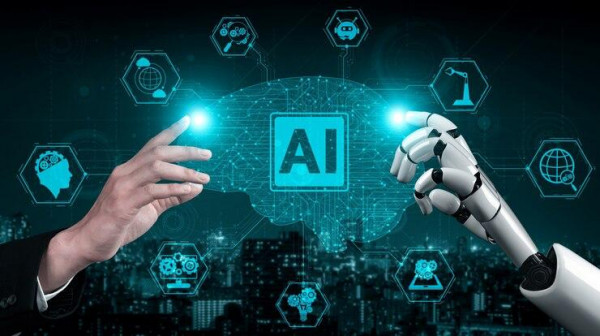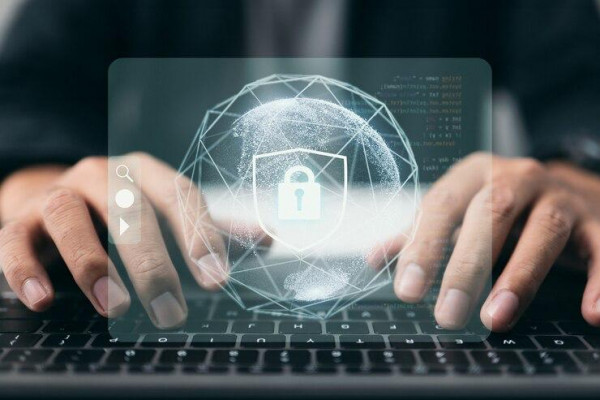Education is the foundation for building a strong economy. It improves human capital, boosts economic output, and drives productivity. Education gives people the chance to learn new skills, sharpen their minds, become more analytical, help the economy grow, become more goal-oriented, and build a successful career. Hence, its effect on individuals, governments, societies, and the entire world is unquestionable.
Although education was considered crucial, the methods used to educate students have not always been in sync with technological developments. That said, there is a radical shift in how education is imparted to students, especially after COVID-19 hit the globe and students started staying at home, limiting their visits to schools and colleges. So, let’s talk about how new technologies pushed experiential learning to the front of the line.
Evolving technologies for experiential learning
Evolving technologies aiding experiential learning
The use of technology in education had already become extensive during the pandemic when governments of most countries had no choice but to close schools and universities for months at a time. UNESCO endorsed the use of digital tools, resources, and programs in the global education sector to make sure there is no discontinuity of learning whatsoever. Some countries around the globe have launched online educational tools like Vschool in KSA, Alef Education in the UAE, MOE E-Learning in Egypt, etc.
Although these interim solutions were helpful, they mainly focused on knowledge transfer and were unable to provide the practical and personalized experience students require to understand concepts. As we know, some concepts can be learned through theory, while others can only be mastered through practice. In the future, the evolution of educational technology must thus take experiential learning into account. When combined with innovative pedagogies, virtual reality (VR), augmented reality (AR), and mixed reality (MR) are positioned to cater to this need and create a competitive edge for everybody involved.
Emerging Technologies: How they assist experiential learning
Emerging Technologies for experiential learning
- An increase in Blended Learning Environments
The preference for courses where conventional and face-to-face learning is blended with the technology features of online learning platforms is booming by the day. As a result, augmenting the existing education system with imaginative learning approaches using mobile applications, tablets, and laptops is gradually becoming more routine.
While this doesn’t mean that face-to-face instruction will become obsolete anytime soon, the need for courses that have online components is giving rise to blended learning environments. These hybrid methods will make learning more interactive and accessible for the students. They no longer need to be in the classroom to witness an engaging learning experience. The increase in virtual online courses has created a need for flexibility in the course schedule.
In the long run, flexible courses that let people learn when they want to have become a reality. It offers students the freedom to choose the course duration that suits their preferences, rather than having a fixed start and end date that can be hard to manage. With the gig economy having a say in the global market, education methodologies must move from convention toward innovation.
- Automation in Education
The inclusion of automation and AI algorithms in the education field can significantly reduce the administrative stress on teachers. Utilizing technology and AI for automating repetitive tasks may allow teachers to make fast assessments of assignments and projects. The technology also has the ability to mitigate the issue of subjectivity in evaluations and create a uniform grading methodology that is free of human bias.
EdTech has the ability to improve the productivity of both faculty as well as students. Using speech-to-text algorithms can make it easier and faster for students to take notes. In addition, automation offers educators an opportunity to focus more on teaching & interacting with students by eliminating administrative responsibilities.
- Smart Learning Environments
The use of devices and interactive applications can lead to the creation of smart learning environments. The Internet of Things (IoT)-based solutions are primarily concerned with the use of smart devices for skill enhancement and personalization of learning. The utilization of mobility strategies to increase engagement and facilitate learning from anywhere and anytime is a vital element of smart learning environments.
Conclusion
In the future, the use of connected electronic devices like smartwatches and e-readers can potentially transform learning in a big way. Instead of being constrained by time and place, the knowledge transfer could shift from the classroom to the fingertips of the students, boosting accessibility exponentially. The collaboration of technology and experiential learning is definitely a step in the right direction.



